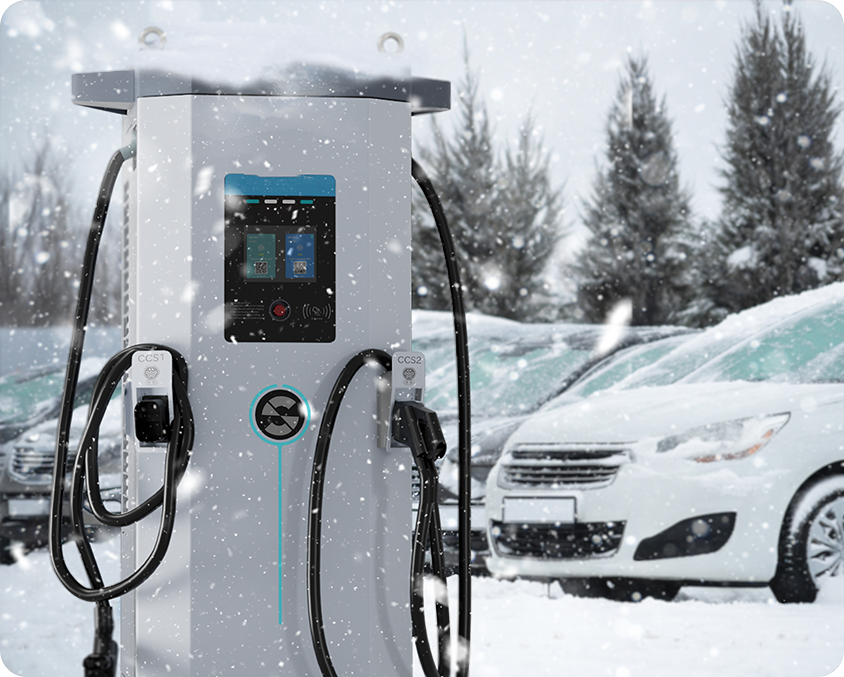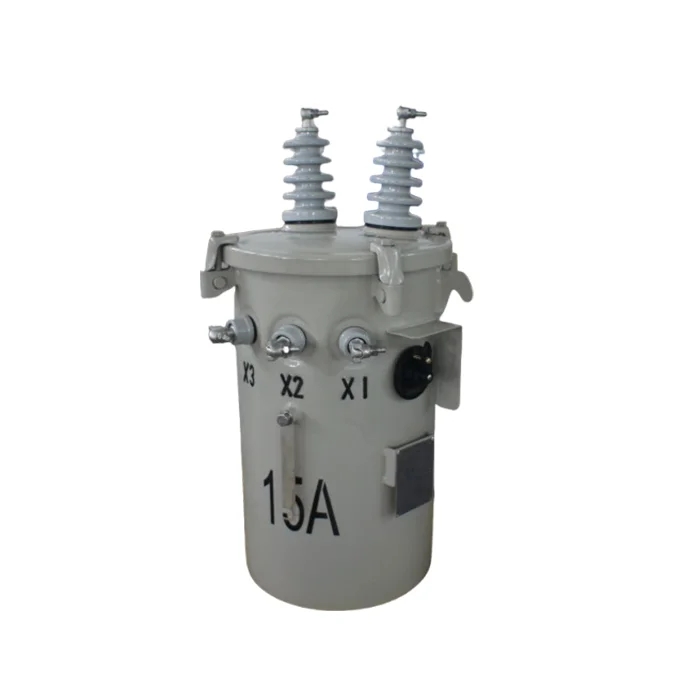Solar energy is rapidly becoming one of the most sustainable and cost-effective sources of power. As the demand for clean energy grows, so does the need for efficient solar panel systems. One key aspect of maximizing solar energy capture is the use of solar trackers. These devices adjust the position of solar panels throughout the day to align them with the sun's rays, thereby increasing the amount of sunlight they can absorb. In this blog post, YOJU will share the difference between single-axis and dual-axis solar tracker slew drive for sale.
Single-Axis Solar Tracker Slew Drives
Single-axis solar trackers are designed to move solar panels along one axis, typically either horizontally (east to west) or vertically (north to south). The slew drive mechanism in a single-axis tracker is responsible for the smooth and precise movement of the panels.
1. Cost-Effectiveness: Single-axis trackers are generally less expensive than their dual-axis counterparts. This is because they have fewer moving parts and a simpler design, which reduces manufacturing and maintenance costs.
2. Ease of Installation: Due to their simpler design, single-axis trackers are often easier to install. This can lead to reduced labor costs and a quicker installation process.
3. Reliability: With fewer moving parts, single-axis trackers tend to be more reliable and require less maintenance over time. This can result in lower operational costs.
4. Energy Output: While single-axis trackers do increase energy output compared to fixed systems, they are not as efficient as dual-axis trackers. They can only track the sun in one plane, which means they do not fully optimize the angle of incidence of sunlight on the panels.
Dual-Axis Solar Tracker Slew Drives
Dual-axis solar trackers, on the other hand, move solar panels along two axes: azimuth (horizontal rotation) and tilt (vertical rotation). This allows the panels to follow the sun's path across the sky more accurately.
1. Maximized Energy Output: Dual-axis trackers can significantly increase the energy output of a solar system. By adjusting both the horizontal and vertical angles, they ensure that the panels are always facing the sun directly, optimizing the capture of sunlight.
2. Adaptability: These trackers can adapt to various weather conditions and seasonal changes, ensuring consistent performance throughout the year. This is particularly beneficial in regions with significant seasonal variations in sunlight.
3. Complexity and Cost: The increased functionality of dual-axis trackers comes with higher costs. They are more expensive to manufacture, install, and maintain due to their more complex design and additional moving parts.
4. Reliability: While the additional complexity can offer greater energy output, it also means that there are more components that can potentially fail. This can lead to higher maintenance costs and a greater need for regular inspections.

Comparing Single-Axis and Dual-Axis Solar Tracker Slew Drives
When comparing single-axis and dual-axis solar tracker slew drives, it's essential to consider the specific needs and constraints of your solar project.
- Cost: If budget is a significant factor, single-axis trackers may be the more economical choice. However, the increased energy output from dual-axis trackers can lead to a faster return on investment over time.
- Space: Single-axis trackers can be a better fit for areas with limited space, as they require less room to move than dual-axis trackers.
- Location: The latitude of your location can influence the effectiveness of each type of tracker. In higher latitudes, where the sun's path is more vertical, dual-axis trackers can be particularly beneficial.
- Return on Investment (ROI): While dual-axis trackers have a higher upfront cost, the increased energy output can lead to a faster ROI, making them a wise investment for projects where maximizing energy production is a priority.

In conclusion, the choice between single-axis and dual-axis solar tracker slew drives depends on various factors, including budget, location, space availability, and the desired return on investment. Both systems have their advantages and can significantly enhance the efficiency of solar energy production. As the technology continues to advance, we can expect further improvements in both cost-effectiveness and performance, making solar energy an even more attractive option for the future.
www.enyoju.com
YOJU







